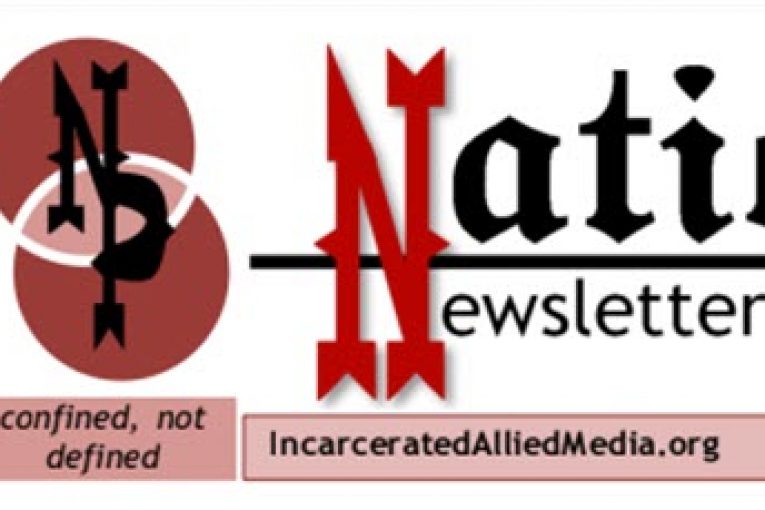

(This part of a continued partnership with Incarcerated Allied Media. Thanks to Dr. Joan Parkin and D. Razor Babb. These articles are published by Incarcerated Individuals at Mule Creek State Prison and part of the Mule Creek Post publication.)
By Christopher Bryson
The inaugural facility E cohort of the Peer Literacy Mentor Program held its first session this May in the facility’s education area, with a group of 19 students. Each of the prisons other facilities has room for 20 assigned students in the program.
The California Department of Corrections and Rehabilitation (CDCR) implemented the program to provide literacy services for California inmates who do not have a high school diploma or equivalency. With the support of peer mentors, inmates can develop proficiency in college and career readiness standards while working to acquire the academic knowledge to earn a diploma or GED certification and enter the workforce upon release from prison.
The program’s supervisor, C. Taylor, trained 20 literacy mentors via a statewide coordinated effort with the Office of Correctional Education. Utilizing research-based instructional strategies and academic standards,  Taylor overseas mentors who prepare lesson plans based on provided instructional materials. Progress is measured through Taylor’s observation of students’ work and summative assignments, after which students may then be referred for a high school equivalency test.
Taylor overseas mentors who prepare lesson plans based on provided instructional materials. Progress is measured through Taylor’s observation of students’ work and summative assignments, after which students may then be referred for a high school equivalency test.
“The [program] is poised to significantly impact the correctional education system,” according to Taylor, “not only at Mule Creek but across CDCR. These mentors will be able to supplementally provide the curriculum needed for inmates to move forward academically.”
The programs design is for 20 mentors at each of the state’s 34 institutions to guide up to 20 inmates apiece enrolled in the Literacy Tutor Inmate Activity Group (LTIAG, not to be confused with Inmate Leisure Time Activity Group, or ILTAG). The LTIAG sessions allow for individualization of learning and create a supplemental opportunity for testing outside of the traditional classroom setting.
“Some of these guys needing extra help have other work assignments that prevented them from being able to receive tutoring.” Taylor said. “This program provides both tutoring and an opportunity for [rehabilitative achievement credits].”
In her article “Using Principles of Brain-Based Learning,” Audrey Prince, who has a master’s in education, describes the learning styles of students. She shows that only 20 percent of all students learn best with auditory instruction, 30 percent learn kinesthetically or “hands-on,” and 50 percent are visual learners. The organic nature of the Peer Literacy Mentor Program’s learning environment and experience reflects this broad range of learning styles. Mentors are able to tailor their instructions to students under Taylor’s guidance.





